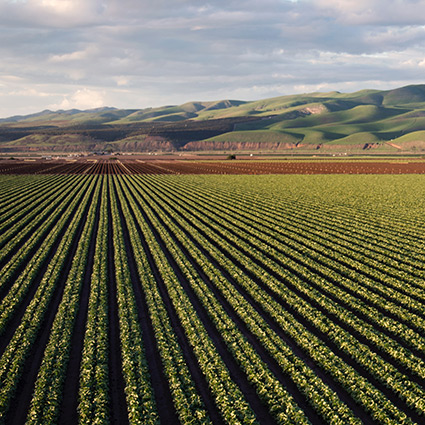 The third and final category of synthetics we will be looking at in this series is synthetic fertilizers. There are many formulations of synthetic fertilizer, but, generally, they are based upon some combination of nitrogen, phosphorus, and potassium. These are the 3 main macronutrients used by plants. They are all naturally present in soil, but nowhere near the concentration at which they occur in fertilizers.
The third and final category of synthetics we will be looking at in this series is synthetic fertilizers. There are many formulations of synthetic fertilizer, but, generally, they are based upon some combination of nitrogen, phosphorus, and potassium. These are the 3 main macronutrients used by plants. They are all naturally present in soil, but nowhere near the concentration at which they occur in fertilizers.
What’s wrong with adding more nutrients to the soil?
In addition to the toxic processes involved in their manufacture (in addition to the environmental harm caused by phosphorus processing, the obtainment of nitrogen involves the extraction and transportation of fossil fuels, which have their own toxic effects on the ecosystem, in addition to all the greenhouse gas emissions that occur in the process), an excess of nitrogen can really hurt the ecological balance of unfarmed land nearby. Fertilizers can run off from agricultural fields into lakes and rivers nearby, where the nitrogen promotes rapid algae growth, called an “algae bloom”. This increase of algae interferes with the natural balance of these ecosystems, and then when the algae die and sink to the bottom, the decomposition process de-oxygenates the water. This makes it unlivable for fish and other wildlife.
The process of obtaining phosphorus for herbicides and fertilizers from raw materials results in a byproduct called phosphogypsum. There are between 100 and 250 megatons of phosphogypsum produced worldwide, each year. Phosphogypsum contains the toxins cadmium and fluoride, along with uranium, thorium, radium, radon, and polonium, which are all radioactive to varying degrees. Much of the phosphorus production done in the United States takes place in Florida, where around one billion tons of production waste are currently being stored, with 30 million more being produced annually. As of 2020, the EPA has approved the use of this toxic and radioactive material in road construction, despite an earlier decision in 1992 which banned the use of phosphogypsum in roadwork. The new approval of phosphogypsum has been opposed by environmental conservation organizations, including the Center for Biodiversity Florida.
In our next blog installment, we will begin to look at what organic farming can offer us. We will be looking at organic fertilizers and the paradigm known as Integrated Pest Management.
